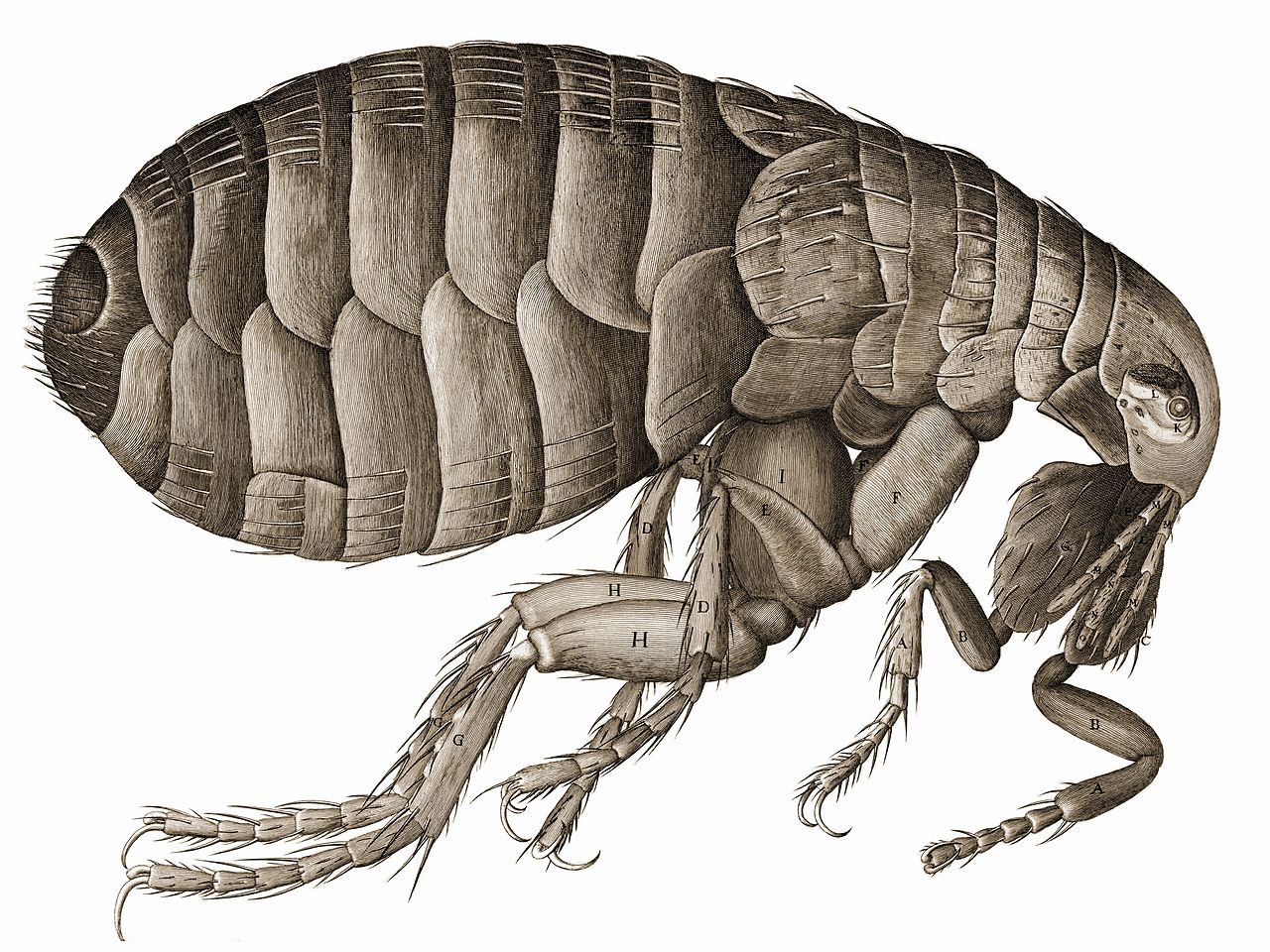Petrography is the branch of microscopy used in geology/mineralogy. It is used to examine the composition of rock and mineral samples, and the sample is then classified using this information. Petrography has been around since the late 19th century and its development is credited to the Scottish geologist, William Nicol. It comes as a surprise to many people that rock and mineral samples can be imaged under a microscope. How do you take a rock and fit it under an objective? You can learn more about petrographic microscopes here, but first, we need to know how to prepare the sample.
Sample requirements for petrography
The method of sample preparation used when working with rock and mineral samples is very similar to that used during sample prep for biological specimens. The geological sample is under the same requirements for imaging – it must be thin enough for light to pass through, there should be no gaps between the sample and the slide, nor should there be air bubbles, and it must be of uniform thickness across the sample. The type of sample used for petrography is called a thin-prep, and it is used for a range of different inorganic samples from rocks, metals, and minerals, to bone and pottery.
What is the difference between a rock and a mineral?

A mineral is a naturally occurring, inorganic solid. Each known mineral has a signature chemical composition and crystalline microstructure.
Quartz, for example, is a mineral commonly used in microscopy for prisms. Early lenses were also made from quartz, as it was purer than glass. Quartz is made of silicon and oxygen (SiO4). It is transparent in its pure form, but also comes in a range of colours including purple (known as amethyst), pink (rose quartz), blue, and black (smoky quartz). It naturally forms a six-sided shape with a pyramid at the tip. Whatever the type of quartz, all quartz minerals will have certain characteristics that identify them as such, and the sample will be mostly homogenous.

Rock is composed of a mixture of different minerals and can also contain organic compounds. Sandstone, for example, is a type of rock composed of quartz and feldspar. It is sedimentary – meaning that it is composed of countless numbers of tiny grains, that have compressed over time into a solid piece. Rock will have certain characteristics that identify it as its specific type, but the microstructure will be irregular and no two pieces will ever really be the same. Ore is rock that contains minerals and other materials, such as metal.
Collecting the sample

The process will start out in the field, with an examination of the landscape and it’s underlying and surrounding geology. There are three main categories of rock – sedimentary, igneous and metamorphic. The location and overall appearance of the sample will help the geologist determine what exactly the sample is. For example, sedimentary rocks like sandstone, are often crumbly and have crystals of varying size. For more information on how to identify different rocks and minerals, WikiHow has some great easy-to-use guides on how to identify rocks and minerals.
Hypothetically let’s say we have collected a sample from the environment (let’s call this the primary sample). This sample could have been found loose at the sample site or perhaps it was cut from a larger piece, using a tool called a slab saw.
Sample prep
So how do we go from large rock to wafer-thin microscopy sample? Instead of the cutting the sample with scalpels and microtomes (as with biological samples) our geological sample is prepared with saws and grinding wheels. During sample preparation, the sample is subject to cutting, grinding, and polishing – all of which can create high levels of heat. This heat must be kept to a minimum, as it can impact the formation of the fine structures in the sample. The sample is cooled as it is cut using running water. However, if the rock contains water-soluble or water-reactive substances, then oil is used.
From this primary sample, a small slice approximately 10mm thick is cut, using our slab saw and cooling the sample as we work. The sample is usually cut perpendicular to the grain (known as the fabric) of the rock. This cross-section cut will show how the components of the sample are arranged and give us critical structural information.
The sample is then cut down again using a trim saw, to be approximately the size of a glass slide (1 inch x 3 inches). The sample is polished to remove any saw marks using the grinding wheel. The smoothed section is then soaked in an epoxy solution. This will support the microstructure of the sample.
The epoxied sample is then adhered to the glass slide. A well-prepared sample will be smooth against the glass slide with no air bubbles or gaps, as this will affect our image quality.
The mounted sample is now ground, using the grinding wheel again, until it is approximately 30µm (micrometres, one-millionth of a meter) thin. The sample is checked under the microscope to make sure it is uniformly thin. Once the sample is perfect, the coverslip is then applied.
Here is a great video that shows this process.
Once the sample is ready, it can be examined under a Petrographic microscope.



